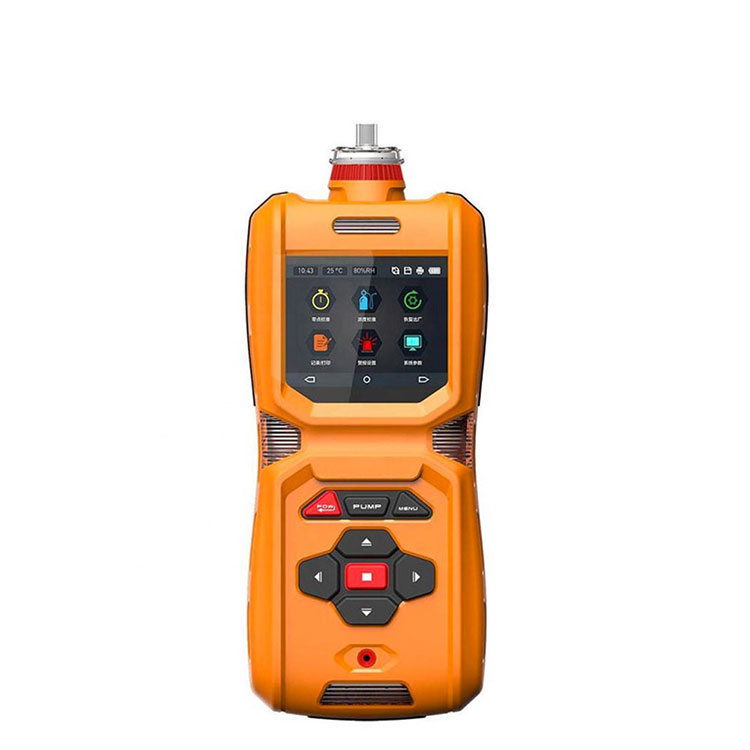- English
- Español
- Português
- русский
- Français
- 日本語
- Deutsch
- tiếng Việt
- Italiano
- Nederlands
- ภาษาไทย
- Polski
- 한국어
- Svenska
- magyar
- Malay
- বাংলা ভাষার
- Dansk
- Suomi
- हिन्दी
- Pilipino
- Türkçe
- Gaeilge
- العربية
- Indonesia
- Norsk
- تمل
- český
- ελληνικά
- український
- Javanese
- فارسی
- தமிழ்
- తెలుగు
- नेपाली
- Burmese
- български
- ລາວ
- Latine
- Қазақша
- Euskal
- Azərbaycan
- Slovenský jazyk
- Македонски
- Lietuvos
- Eesti Keel
- Română
- Slovenski
- मराठी
- Srpski језик
What does the service life of a four-in-one gas detector depend on?
2025-04-02
In industrial and specific working environments, the four-in-one gas detector always protects safety. But it is not always wrong. Have you ever wondered what factors affect the service life of this small detector? Why can some detectors serve for many years, while others "strike" early? Next, let's analyze in depth with Zetron Technology editor to explore the key factors that affect the service life of the four-in-one gas detector.

The life of the four-in-one gas detector is affected by a combination of multiple key factors:
(1) Sensor performance and quality: As the heart of the detector, the performance and quality of the sensor have a decisive influence on the life of the detector. High-performance, high-quality sensors are more stable, accurate, and have excellent anti-interference capabilities. Their service life is usually between 2 and 5 years, depending on the sensor type.
(2) Environmental conditions: The temperature, humidity, dust concentration, and the presence of corrosive gases in the environment where the detector is located will have a significant impact on its life. Long-term use in high temperature, high humidity or harsh environments will accelerate the aging process of the detector.
(3) Frequency and intensity of use: Frequent or long-term use will cause the various components of the detector to bear a greater load, thereby shortening its service life. Especially in industrial environments that require continuous monitoring, the detector is used with high intensity and frequency, and its life may be shortened accordingly.
(4) Maintenance: Regular maintenance work such as cleaning, sensor replacement and calibration of the detector can effectively extend its service life. Keeping the surface of the instrument clean and replacing aging or damaged sensors in time are the key to ensuring the normal operation and accurate detection of the detector.
(5) Battery performance and life: The detector is usually powered by a rechargeable battery. The performance and life of the battery directly affect the overall use effect of the detector. Improper use or charging methods will reduce the capacity of the battery, thereby affecting the use time of the detector. The service life of a lithium battery is usually 3 to 5 years, but the specific life is also affected by many factors such as the number of charges and the use environment.
In summary, the service life of a four-in-one gas detector depends on sensor performance, use environment, frequency, maintenance and battery life. Zetron Technology believes that understanding the factors that affect the life of the four-in-one gas detector will help you with daily maintenance, extend its service life, and accurately play a role at critical moments to ensure safety. We hope that everyone will pay attention to it and make the detector a long-term and effective assistant for safe operations.







